Dwarf Garden Juniper
$44.50 Original price was: $44.50.$31.15Current price is: $31.15.
- Free Shipping over $25
- Fast & reliable delivery options
- Enjoy top quality items for less
- Multiple safe payment methods

The world of evergreen conifers can be overwhelming when you are new to it. There are just so many different species and varieties that it would take several gardens to grow them all. So choosing just one is difficult, yet they are all so appealing. Especially in a small space, like an urban courtyard, or a tiny garden, you need to choose carefully, but take our word for it – and that of many experts. If you only have room for one small conifer, make it the Dwarf Garden Juniper. A plant that originated in Japan a very long time ago, it has the perfect look for any style of garden, and it is so versatile you can train it into just about anything you want. Always fresh, bright and super-attractive, the Dwarf Garden Juniper grows about 12 inches tall and can spread up to 6 feet across if left to grow naturally. Its dense, spiky blue-green foliage really looks great year round, and it looks perfect in all settings, including the always-fashionable Asian look.
Even better, it lends itself to simple training that can turn it into almost anything, from a miniature topiary tree to a striking bonsai. With training it could be 3 or 4 feet tall, a column of tumbling branches. Or keep it flat, as nature intended, and let it do its own thing. However you treat it, you’ll love it.
Growing the Dwarf Garden Juniper
Size and Appearance
The Dwarf Garden Juniper is a low-growing mounding evergreen conifer. It grows mostly outwards, with longer branches supporting shorter, stiff stems covered in dense foliage. It grows about 6 inches a year, spreading to about 5 feet across and a foot tall within 10 years. Older plants rise up more in the center, taking a mounded, slightly taller form, and could one day be 10 feet across. Always strikingly attractive, the branches are covered closely with triangular needles that lie partly flat and then push outwards, creating a ‘spiky’ look. They are a soft bluish green color, and can turn purple in winter when grown in colder zones. Although the branches curve downwards, the tips rise up, giving it a special and unique look that is very appealing. It doesn’t have the more typical horizontal, lacy growth we see in most spreading junipers, such as the Blue Rug Juniper. The usual dark-blue cones of junipers may occur on an old plant, but they are generally absent.
Using the Dwarf Garden Juniper in Your Garden
The special look and adaptability of this plant makes it ideal for gardens of all kinds. It is superb as a specimen growing among rocks and spilling over gravel. It will semi-cascade over a retaining wall, or creep up boulders or walls. It will grow down slopes, or nestle among other plants and flowers. Each plant develops a unique form, and this is the plant that you see in those amazing 500-year old juniper bonsai trees from Japan. It is ideal for training into special forms, including bonsai of course, but also Western-style topiary and miniature ‘poodle’ trees. From zone 5 or 6 it can be grown outdoors all year in a pot or planter, and looks fabulous in a courtyard or tiny urban space. It grows well in dry places, once established, and grows at the coast, even right on the beach.
Hardiness
The incredibly tough Dwarf Garden Juniper will grow all the way from zone 4, where it lives without winter damage, into the heat and humidity of zone 9, so don’t worry, it will almost certainly grow well where you live – wherever that is.
Sun Exposure and Soil Conditions
For best results, place the Dwarf Garden Juniper in full sun, but it will also take an hour or two of shade each day if it must. It grows easily in any well-drained soil, including dry, rocky, shallow and gravel soils. Urban conditions don’t bother it either. Avoid wet ground, especially in winter, as this can encourage root rots and leaf diseases. For containers, use a pot with a good drainage hole, and plant in soil for cactus and succulent plants.
Maintenance and Pruning
Normally free of pests or diseases, and untroubled by deer, and thriving in hot, dry locations once established, there really is nothing you need to do for this plant. Don’t trim it, unless you are creating a topiary. Use stakes to train up the main stems, and remove lower branches as needed, if you are making bonsai or special shapes.
History and Origin of the Dwarf Garden Juniper
The Japanese Garden Juniper, Juniperus procumbens, is only native to a few locations in Japan. It probably grows wild on the high mountains on Kyūshū and on some islands and along the coast of southern Japan, and also in the south and west of Korea. It may have been more widespread, but for centuries old trees have been dug up to grow as bonsai, and wild populations are now rare. It is closely related to the Chinese juniper, Juniperus chinensis, and is sometimes treated as a variety of that tree.
From the late 19th century until WWII there was a thriving trade in plants from Japan to America, and many of our garden plants arrived in that period. The dwarf variety of garden juniper, Juniperus procumbens ‘Nana’, was first imported from Japan, where it was widely grown for bonsai and potted trees, by Arthur Hill. David Hill was a Scotsman who was sent to America in the 19th century to collect new plants for a British Botanic garden. He traveled to Dundee, Illinois seeking a distant relative, William Hill. When they met he eventually married William’s daughter, and when the money of the Botanic garden ran out, he started an evergreen nursery – D. Hill Nursery. His son Arthur Hill first listed the Dwarf Garden Juniper in their 1904 catalog.
Buying the Dwarf Garden Juniper at the Tree Center
A truly outstanding evergreen, and one that should be in every garden, you really must have the Dwarf Garden Juniper in yours. Because of the high demand for this tree supplies are always stretched, and supply-chain difficulties mean our stock is limited. So order now – you won’t regret it for a moment.
Be the first to review “Dwarf Garden Juniper” Cancel reply
Related products
Evergreen Trees
Cedar Trees
Evergreen Trees
Cypress Trees
Evergreen Trees
Evergreen Trees
Evergreen Trees
Evergreen Trees

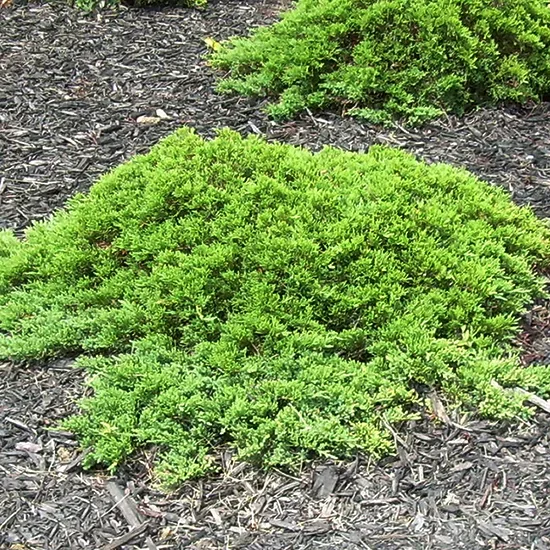


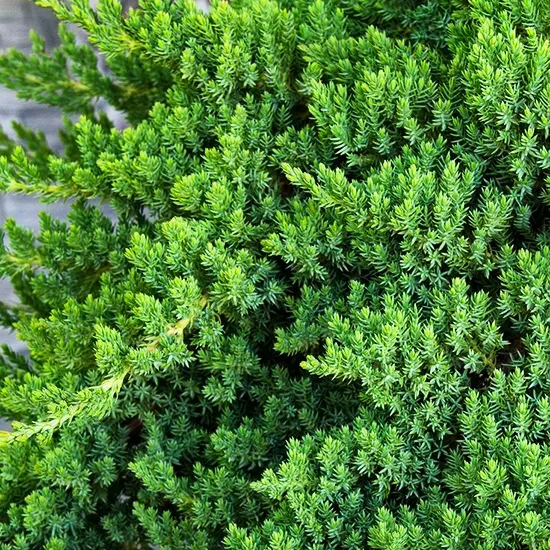
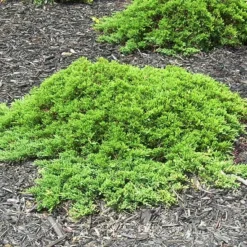
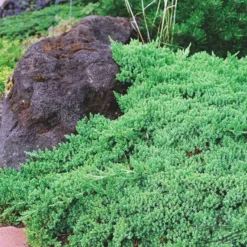

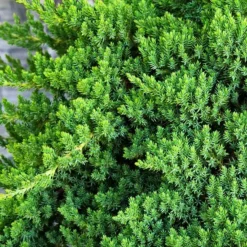


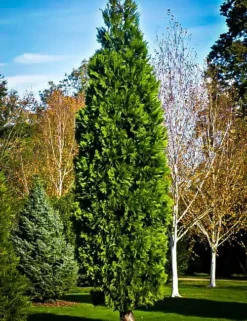
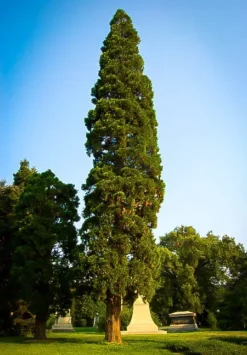
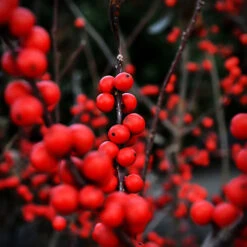



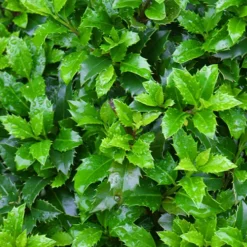






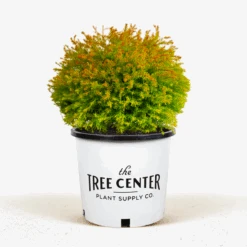
Reviews
There are no reviews yet.